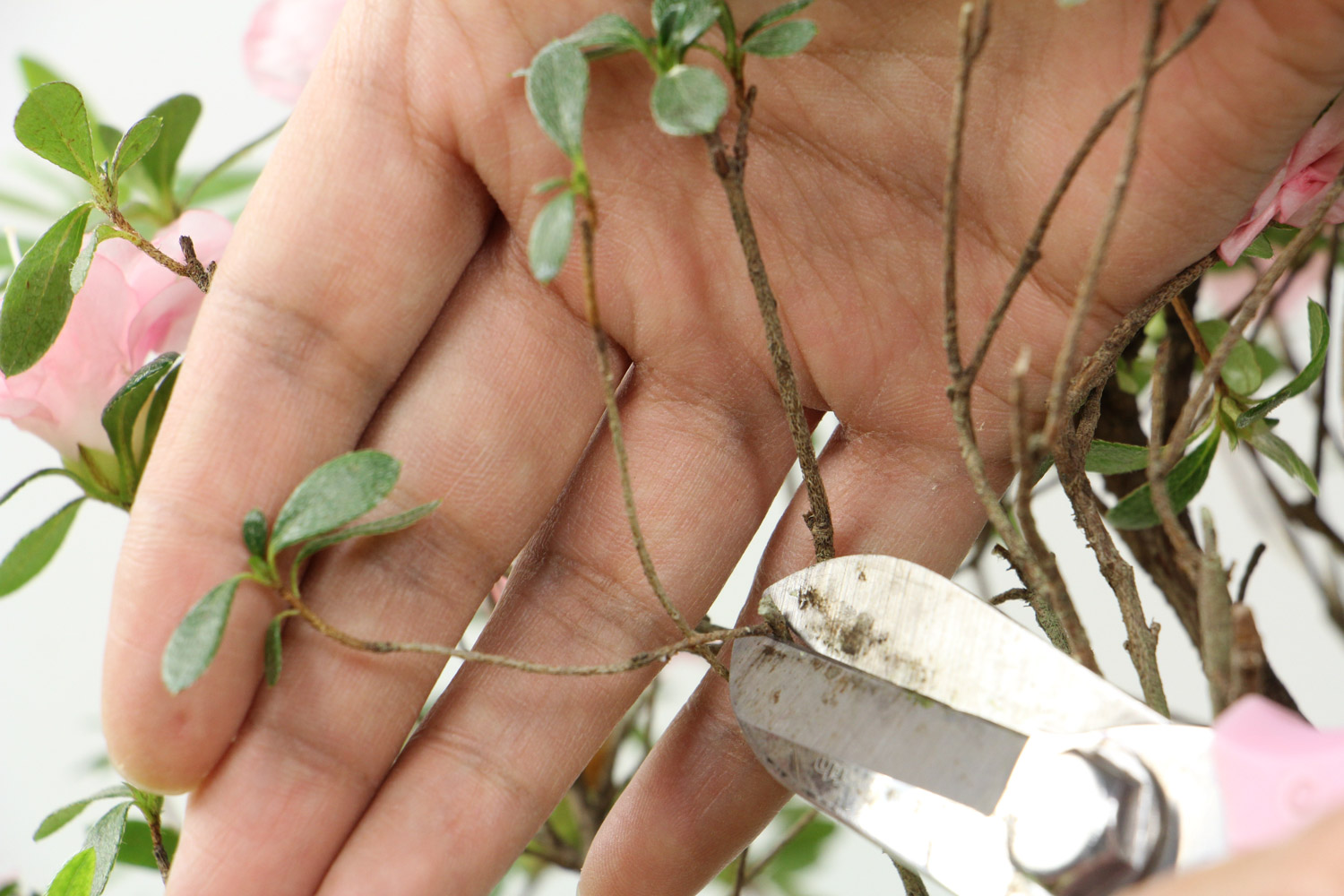1、 Breeding method
1. Soil: Camellia Rhododendron is suitable for growing in loose and fertile acid soil. It can be prepared with rotten leaf soil, garden soil and river sand. At the same time, flower pots with good permeability should be selected
2. Light: the growth of Camellia Rhododendron is inseparable from sufficient light. A long period of sunshine should be guaranteed every day, but it needs shade in summer and cannot be exposed to strong light, otherwise the leaves will turn yellow and dry

3. Watering: Camellia Rhododendron prefers a humid environment. When the surface of the soil is dry and the inside is still wet, you can water it. Don't wait until it is dry. The water volume should not be too large to avoid ponding flooding the root
4. Fertilization: before the tea azalea blooms, phosphate fertilizer should be applied once a month. After flowering, nitrogen and phosphorus compound fertilizer should be supplemented to make up for the nutrition consumed during flowering. In summer and winter, the growth is relatively slow or enters the dormancy period, so it is not suitable to apply fertilizer

2、 Reproductive skills
1. Cutting: cutting is a common breeding method of Camellia Rhododendron, which is generally carried out from May to June. Cut a stout branch with a length of 5-8 cm, remove the lower leaves and apply indole butyric acid at the bottom, which is conducive to rooting. After that, the cuttings are planted in the loose and breathable acid soil, and the temperature is controlled at about 20-25 ℃, so they can take root soon
2. Grafting: grafting can also be used for varieties that are difficult to survive. Cut the bottom of the scion into a wedge and insert it into the gap of the rootstock. Bind the fitting part firmly and put on plastic bags to keep the air moist

3、 Pest control
1. Disease: leaf spot is common, and the leaves will turn yellow and dry after the disease. The diseased leaves need to be removed and sprayed with methyltobuzin solution for control
2. Insect pests: aphids are the main pests, which cause the leaves to shrink and become brittle, and also affect the flowering. It is necessary to capture the adults and kill the eggs with stone sulfur mixture

 jackfruit
jackfruit snake plant
snake plant hibiscus
hibiscus hydrangea
hydrangea lavender
lavender Green roses climb al...
Green roses climb al... If you don't pay att...
If you don't pay att... Management of four g...
Management of four g...

































